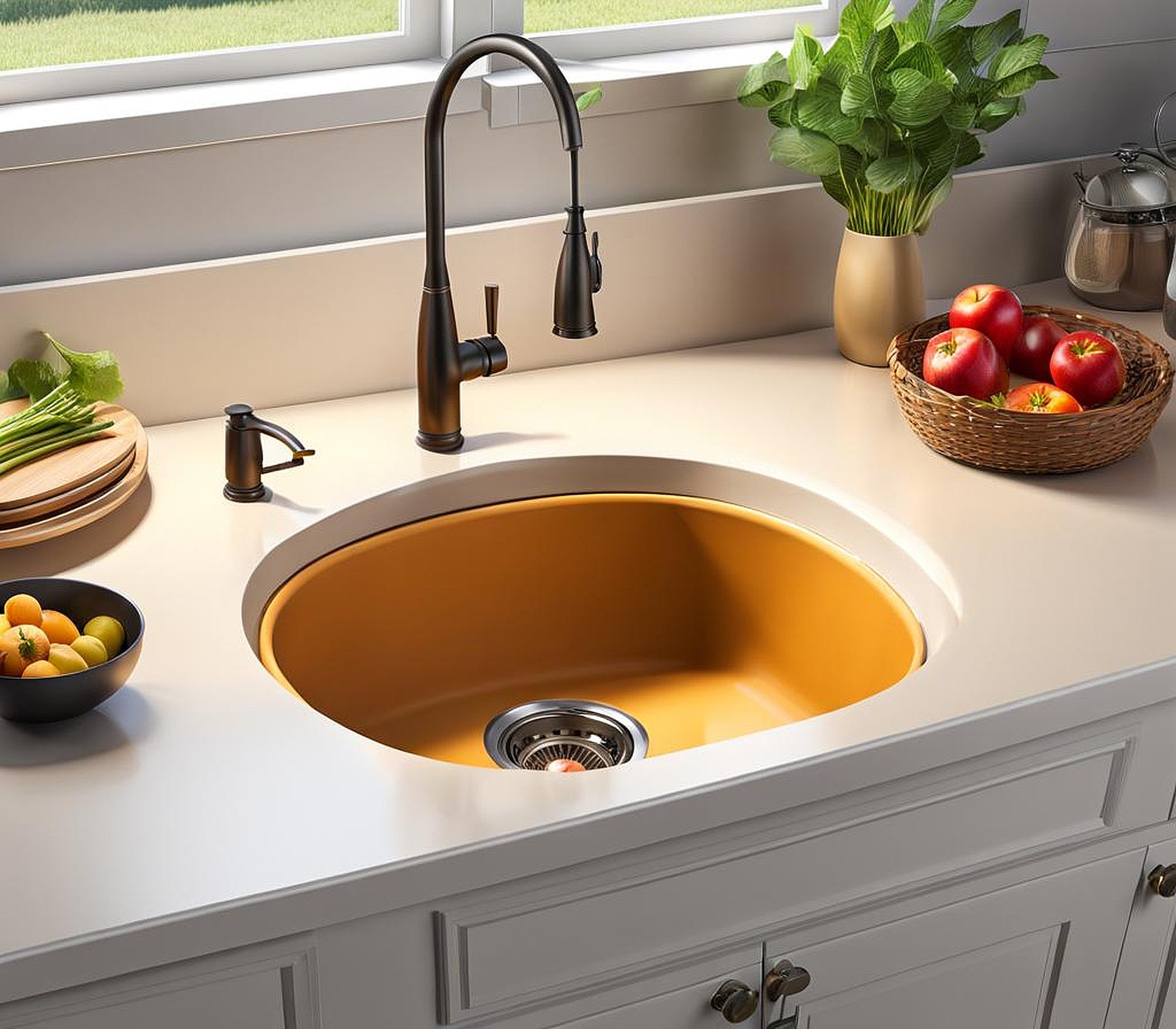Sink holes play a crucial role in the overall functionality and aesthetic appeal of your kitchen. Understanding the intricacies of kitchen sink hole dimensions is essential for a seamless installation and optimal usage.
Understanding Kitchen Sink Hole Dimensions Fundamentals
Before diving into the specifics, let’s establish a solid foundation. Kitchen sink hole dimensions refer to the measurements of the openings designed to accommodate faucets, soap dispensers, and other fixtures. These dimensions vary based on factors such as sink type, material, and intended use. Overlooking proper sizing can lead to leaks, improper fitting, and potential water damage, emphasizing the importance of getting it right from the outset.

As you embark on your journey to mastering sink hole dimensions, consider this a roadmap to navigate the intricate world of kitchen sink installation. Whether you’re a seasoned DIY enthusiast or a homeowner tackling a renovation project, this guide aims to equip you with the knowledge necessary to make informed decisions and achieve a flawless result.
Factors Influencing Kitchen Sink Hole Size and Placement
Before we delve into the specifics of standard dimensions, it’s essential to understand the various factors that influence sink hole size and placement. These factors play a pivotal role in determining the optimal configuration for your kitchen setup:
- Sink Type: Drop-in, undermount, apron-front, and farmhouse sinks have varying hole size requirements to accommodate their unique designs and installation methods.
- Sink Material: Different materials, such as stainless steel, composite granite, or cast iron, may have specific recommendations from manufacturers regarding hole sizes.
- Faucet Style and Size: The dimensions of your chosen faucet, whether it’s a single-handle, pull-down, or widespread design, directly impact the required hole size.
- Countertop Thickness: The depth of your countertop influences the necessary hole dimensions to ensure a proper fit and secure installation.
- Personal Preferences: Your desired sink layout, including the number of faucet holes and additional fixtures like soap dispensers or sprayers, plays a role in determining the overall hole configuration.
By considering these factors, you can make informed decisions and ensure a seamless integration of your sink and fixtures within your kitchen’s aesthetic and functional requirements.
Standard Kitchen Sink Hole Dimensions Breakdown
While dimensions can vary based on the factors mentioned above, there are some widely accepted industry standards to serve as a starting point. Here’s a breakdown of common kitchen sink hole dimensions:
| Fixture | Hole Diameter |
|---|---|
| Single-hole Faucet | 1 3/8 inches (35 mm) |
| Widespread Faucet (3 holes) | 1 1/4 inches (32 mm) |
| Soap Dispenser | 1 3/8 inches (35 mm) |
| Sprayer | 1 1/2 inches (38 mm) |
It’s important to note that these dimensions serve as general guidelines, and it’s always recommended to consult the manufacturer’s instructions or seek professional advice for your specific sink and fixture setup.
Installing Kitchen Sinks: Hole Sizing and Placement Tips
Proper installation is key to ensuring your kitchen sink functions optimally and enhances the overall aesthetic appeal of your space. Here are some valuable tips to keep in mind when sizing and placing sink holes:
- Measure Twice, Cut Once: Accurately measure your sink and countertop dimensions before drilling any holes to avoid costly mistakes.
- Follow Manufacturer Guidelines: Refer to the manufacturer’s recommendations for specific hole sizes and placement guidelines to ensure compatibility.
- Consider Ergonomics: Position sink holes in a way that promotes comfortable usage and minimizes strain during daily tasks.
- Plan for Clearance: Ensure sufficient clearance between holes to accommodate faucet handles, sprayers, and other fixtures without interference.
- Utilize Templates: Many sink manufacturers provide templates or guides to assist with accurate hole placement, simplifying the installation process.
By following these tips, you can confidently tackle the installation process, ensuring a seamless integration of your sink and fixtures while optimizing functionality and aesthetics.
Beyond the standard dimensions, there are additional considerations to optimize your kitchen sink’s functionality and user experience. Here are some strategies to keep in mind:
- Accommodate Future Upgrades: Plan for potential future upgrades by leaving room for additional holes or larger fixtures, ensuring long-term flexibility.
- Prioritize Accessibility: Position sink holes in a way that promotes ease of use, especially for those with limited mobility or specific accessibility requirements.
- Utilize Spacers: In some cases, spacers or inserts can be used to adjust hole sizes, providing a customized fit for your fixtures.
- Consider Sink Depth: Ensure sufficient depth between the sink bottom and the hole placement to prevent water splashing and facilitate smooth drainage.
- Explore Integrated Solutions: Some sink designs incorporate integrated faucets or fixtures, streamlining the installation process and eliminating the need for separate holes.
By considering these optimization strategies, you can create a kitchen sink setup that not only meets your current needs but also adapts to your evolving preferences and requirements over time.